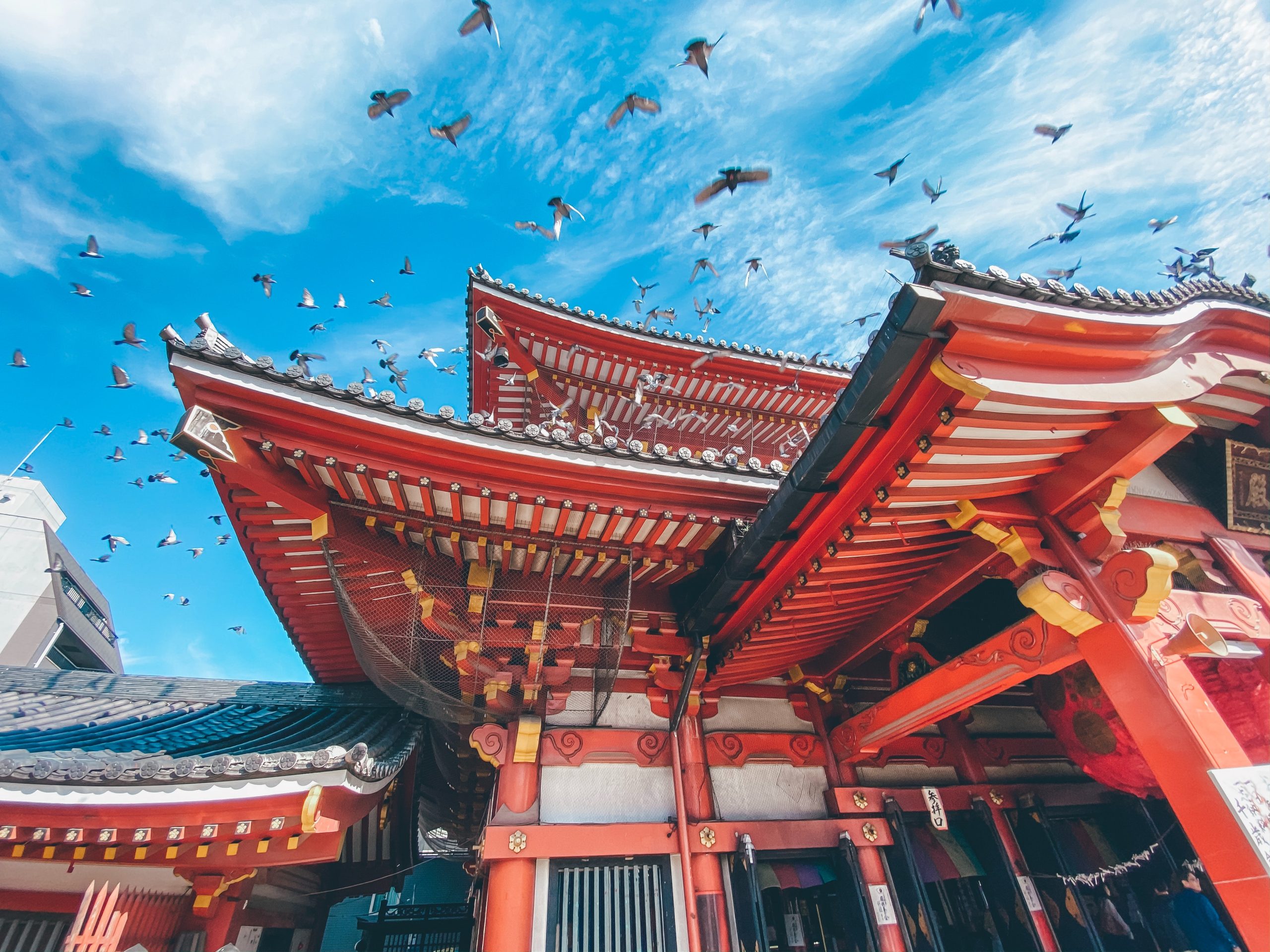Nestled in the heart of Japan, Nagoya is a city rich in culture and history. From the famed Tokugawa Art Museum to the beautiful gardens of the Noritake Crystal Museum, there is something for everyone to enjoy in Nagoya. With its convenient location and abundance of activities, Nagoya is the perfect place to visit for a weekend getaway or a longer vacation. Here are just a few of the many reasons why you should add Nagoya to your travel itinerary.
A City Steeped in History
Nagoya has a lengthy and incredible history that dates back centuries. The city was founded in 1610 by Tokugawa Ieyasu, the first shogun of the Edo era. Ieyasu made Nagoya his base of operations, and the town flourished under his rule. Today, visitors can explore Tokugawa-era sites such as the imposing Nagoya Castle and learn more about this important period in Japanese history.
A Haven for Art Lovers
Nagoya is home to world-renowned art museums such as the Tokugawa Art Museum and the Aichi Arts Center. The Tokugawa Art Museum houses one of Japan’s largest collections of samurai armor, swords, and other artifacts from the Edo period. The Aichi Arts Center is a must-see for architecture lovers; traditional Japanese temples inspired its unique design.
A Shopping Paradise
Nagoya is a shopper’s paradise, with department stores, malls, and markets offering everything from traditional Japanese goods to the latest fashion trends. The Osu Shopping District is especially popular with tourists; here, you can find traditional souvenirs such as kimonos and yukatas, as well as delicious local snacks such as miso katsu (pork cutlets in miso sauce).
Places to visit in Nagoya
Nagoya Castle
Nagoya Castle is one of the city’s most popular tourist attractions. During the Edo era, Tokugawa Ieyasu, the first shogun, built the castle in 1612. It served as the seat of power for the Owari branch of the Tokugawa clan until 1868, when the Meiji Restoration ushered in a new era of Japanese history. The castle was destroyed in World War II but was rebuilt in 1959. It now serves as a museum with displays on the Tokugawa clan and the history of the castle.
The castle complex includes several buildings, including the main keep, the palace, and the Ninomaru Garden. One of Japan’s greatest examples of castle architecture, the main keep has five floors and is said to be one of the most beautiful in the country. The exterior of the main keep is covered with white plaster, featuring decorated walls and ornate roof tiles. The castle grounds also feature a museum with a display of Edo-era armor and weapons collection. In 2007, Nagoya Castle was reopened to the public after undergoing a major renovation. It is now one of Japan’s most popular tourist spots.
Atsuta Shrine
Atsuta Shrine is a Shinto shrine that dates back to around 100 CE. It is one of the most important temples in Japan since it holds the sacred sword Kusanagi-no-Tsurugi, one of Japan’s three Imperial Regalia. The shrine is also home to a museum with over 4,000 artifacts on display.
It is also one of the most important shrines in the country, as it houses the legendary sword, Kusanagi-no-Tsurugi. The sword is one of the three sacred treasures of Japan and is said to have been used by the first emperor, Jimmu, to defeat a great demon. Today, the shrine is a popular spot for tourists who come to see the sword and learn about its history.
Nagoya Port Aquarium
The Nagoya Port Aquarium is one of Japan’s largest aquariums, with over 60 tanks containing over 10,000 fish and other marine creatures. The aquarium is divided into four main sections: the Pacific Ocean Zone, the Antarctica Zone, the East China Sea Zone, and the Frog House. Visitors can view penguins, seals, dolphins, and many other animals from all over the world.
A Brief History of Nagoya, Japan
Nagoya is the capital city of Aichi Prefecture, located in the Chubu region of central Japan. The city has a lengthy and incredible history that dates back to the days of the Tokugawa shogunate. In recent years, Nagoya has established itself as a major center for manufacturing and industry, notably in the automobile industry. Let us take a look at the history of this fascinating city.
Early History
The area now known as Nagoya has been inhabited since prehistoric times. Archaeological evidence indicates that people were living in the vicinity of present-day Nagoya as early as 10,000 BC. The first recorded mention of the area came from the Nara period (710-794) when it was known as “Nagoyakyo.”
The town began to grow in importance during the Kamakura period (1185-1333) when it became a stopping point for traders traveling between Kyoto and Kamakura. The town flourished even further during the Muromachi period (1336-1573) when it became a center for commerce and industry. In 1467, Oda Nobunaga, one of Japan’s most famous generals, was born in what is now Nagoya.
Modern History
Nagoya Castle was built in 1612 by Tokugawa Ieyasu, the first Tokugawa shogun. Ieyasu made Nagoya his base of operations while he consolidated his power over Japan during the battle of Sekigahara in 1600. The castle played an important role in the Tokugawa shogunate’s defense against Toyotomi Hideyori’s rebellion in 1615.
During World War II, much of Nagoya was destroyed by Allied bombing raids. However, the city quickly rebuilt after the war and emerged as one of Japan’s leading industrial centers. In 1959, Toyota Motor Corporation established its headquarters in Nagoya, solidifying the city’s reputation as an automotive hub. Today, Nagoya is home to many other major Japanese companies, including Honda, Mitsubishi Motors, and Brother Industries.
Conclusion:
Nagoya is a city with something for everyone. Whether you are interested in history, shopping, or art, you’re sure to find what you are looking for in Nagoya. So what are you waiting for? Start planning your trip to Nagoya today!
